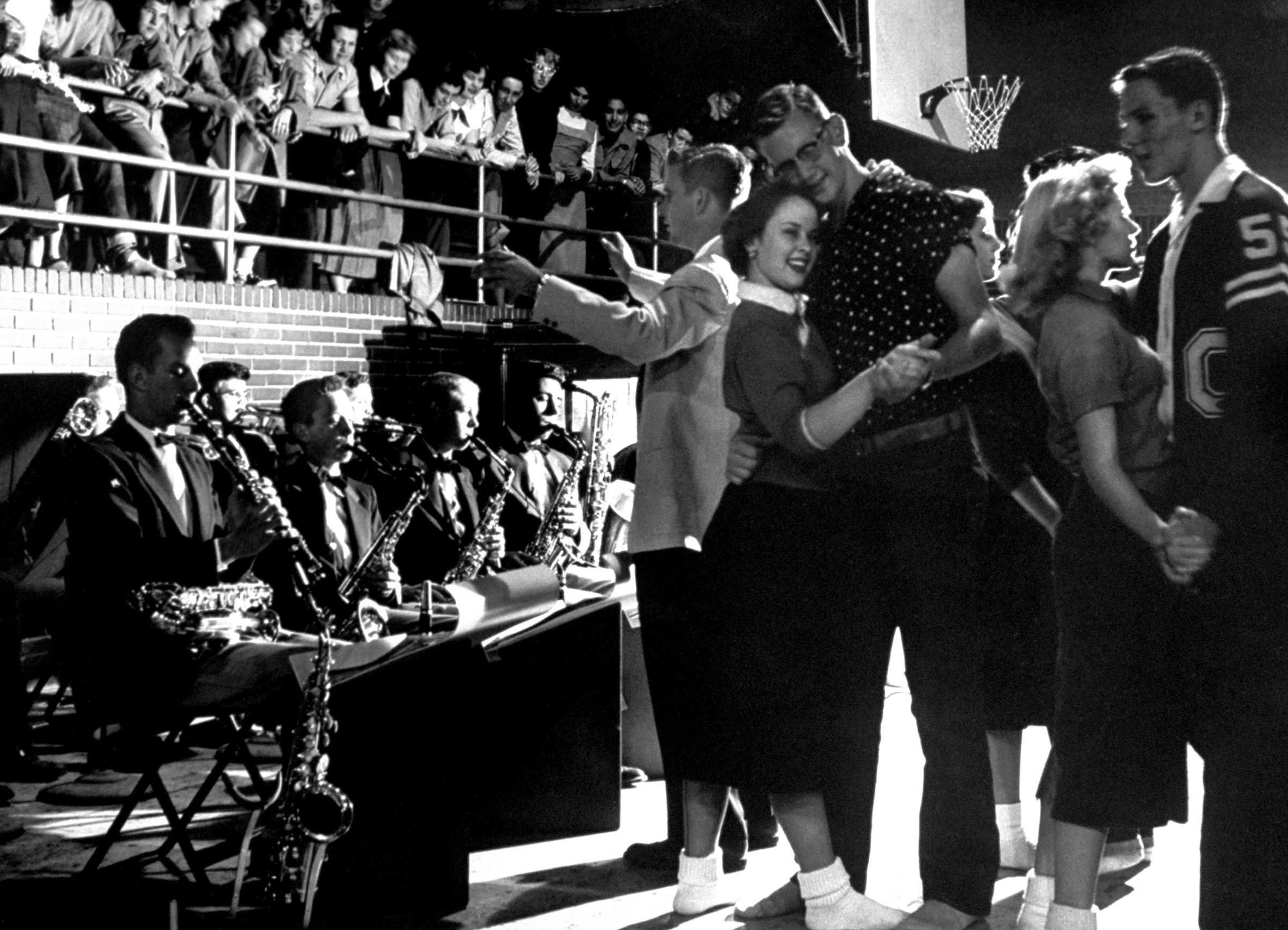
If there’s one thing we humans like to do, it’s label ourselves and one another. Sometimes those labels, applied to vast numbers of people, are obviously laudatory (The Greatest Generation). Sometimes they’re pitying (The Lost Generation). Sometimes they’re duly withering (The Me Generation). And sometimes, at least in the moment, they’re just plain accurate.
In June 1954, LIFE magazine published an article titled “The Luckiest Generation” that, revisited 60 years later, feels like an almost perfect snapshot of a certain segment of American society at a particular moment in the nation’s history. We’ll let LIFE set the scene:
The morning traffic and parking problems [LIFE wrote] became so critical at the Carlsbad, N.M., high school that school authorities in 1953 were finally forced to a solution: they set aside a special parking area for students only. In Carlsbad, as everywhere else, teenagers are not only driving new cars to school but in many cases are buying them out of their own earnings. These are the children who at birth were called “Depression babies.” They have grown up to become, materially at least, America’s luckiest generation.
Young people 16 to 20 are the beneficiaries of the very economic collapse that brought chaos almost a generation ago. The Depression tumbled the nation’s birth rate to an all-time low in 1933, and today’s teenage group is proportionately a smaller part of the total population than in more than 70 years. Since there are fewer of them, each — in the most prosperous time in U.S. history — gets a bigger piece of the nation’s economic pie than any previous generation ever got. This means they can almost have their pick of the jobs that are around. . . . To them working has a double attraction: the pay is good and, since their parents are earning more too, they are often able to keep the money for themselves.
A few things to point out here. First, and probably most obvious, is the racial makeup of the “teenage group” that LIFE focused on, at least pictorially, in that 1954 article: there might be a few people of color in one or two of the photographs in this gallery, but we certainly have not been able to find them.
Second, the nature of the boon — of the improbable and unprecedented good fortune — that befell these kids is not that they’re spoiled rotten, or that every possible creature comfort has been handed to them. Instead, it’s that they have the opportunity to work at virtually any job they choose. “They are often able to keep the money” that they earn.
So, yes, they were lucky — and compared to countless generations of youth who came before, all over the world, white working- and middle-class teens in 1950s America were, for the most part, incredibly lucky. But unlike the entitled creatures that most of us would count as the “luckiest” (and the most obnoxious) among us these days, the teens profiled in LIFE in 1954 don’t look or feel especially coddled.
They look secure. They look confident. They look, in some elemental way, independent. They’re learning, day by day, what it means to make one’s way in the world.
In that sense, maybe they were the luckiest generation, after all.
Liz Ronk, the Photo Editor for LIFE.com, edited this gallery. Follow her on Twitter at @LizabethRonk.
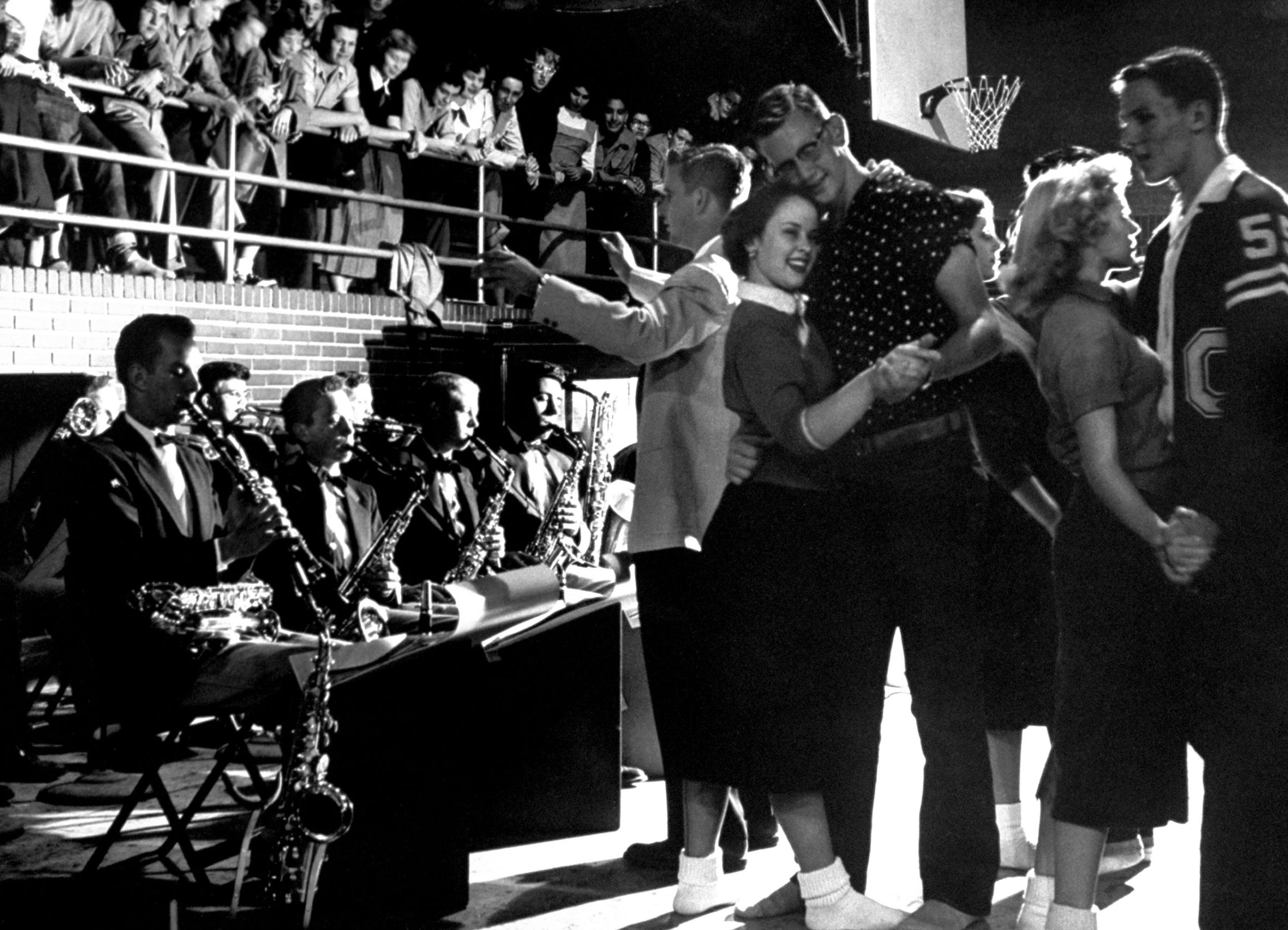


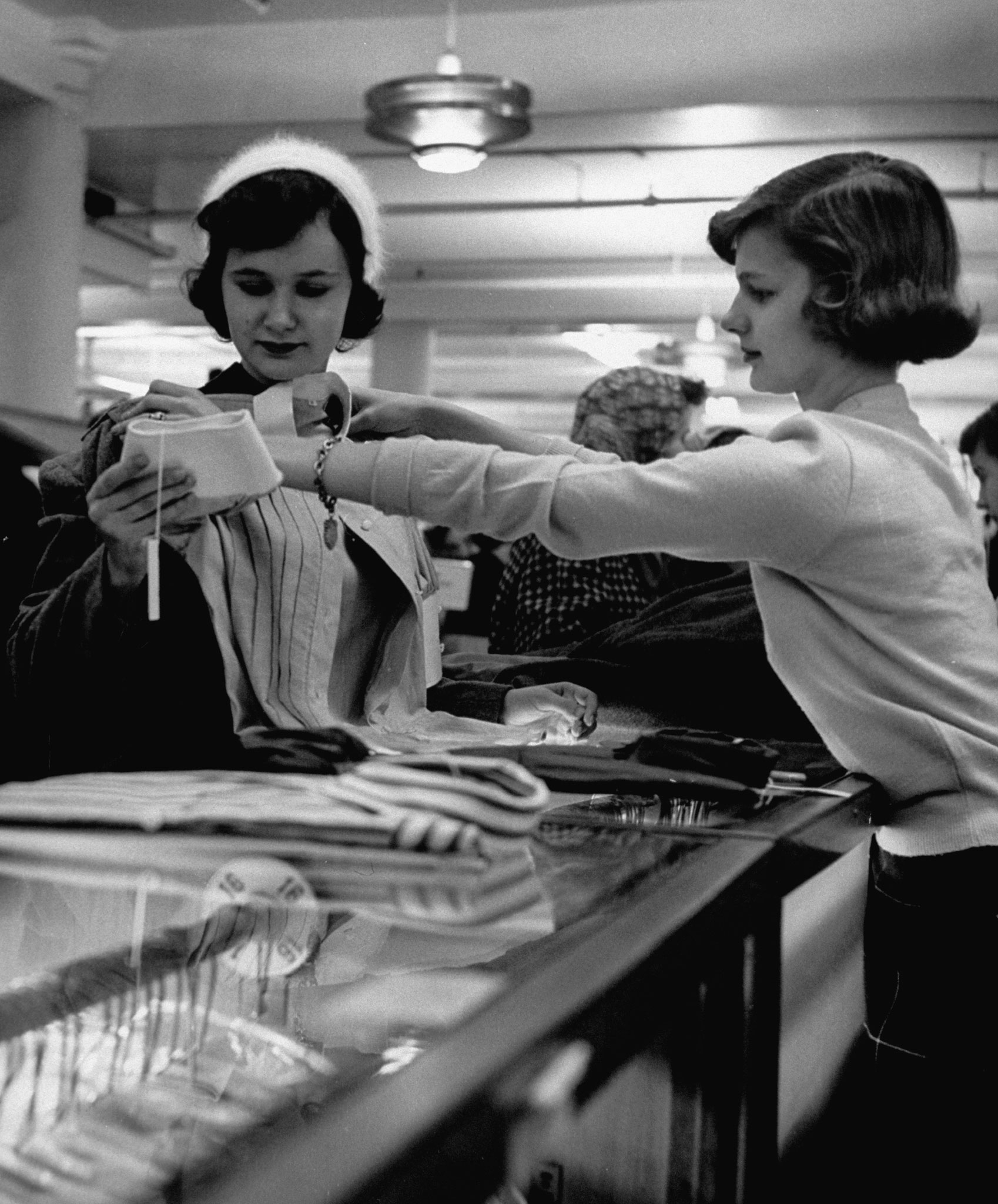
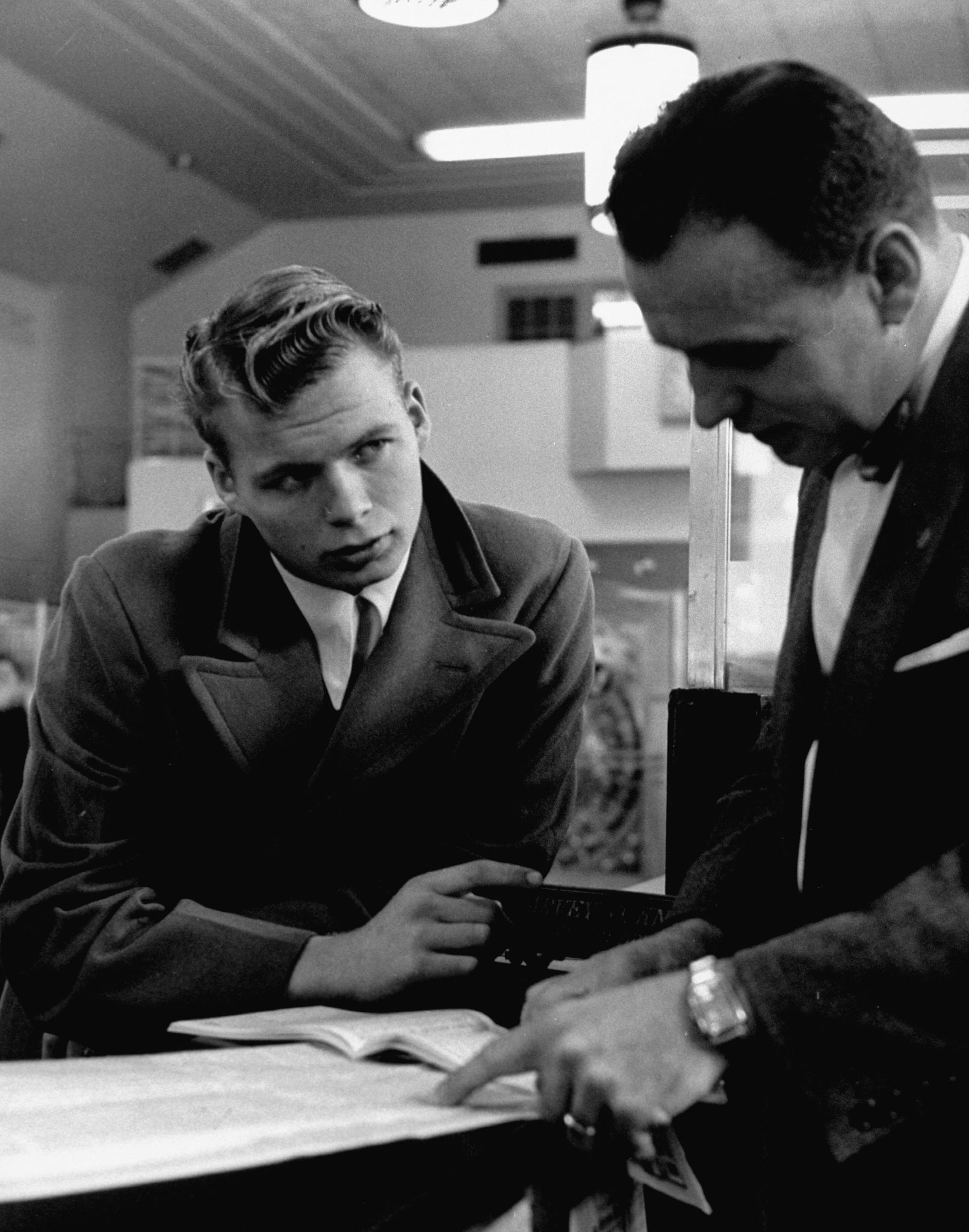

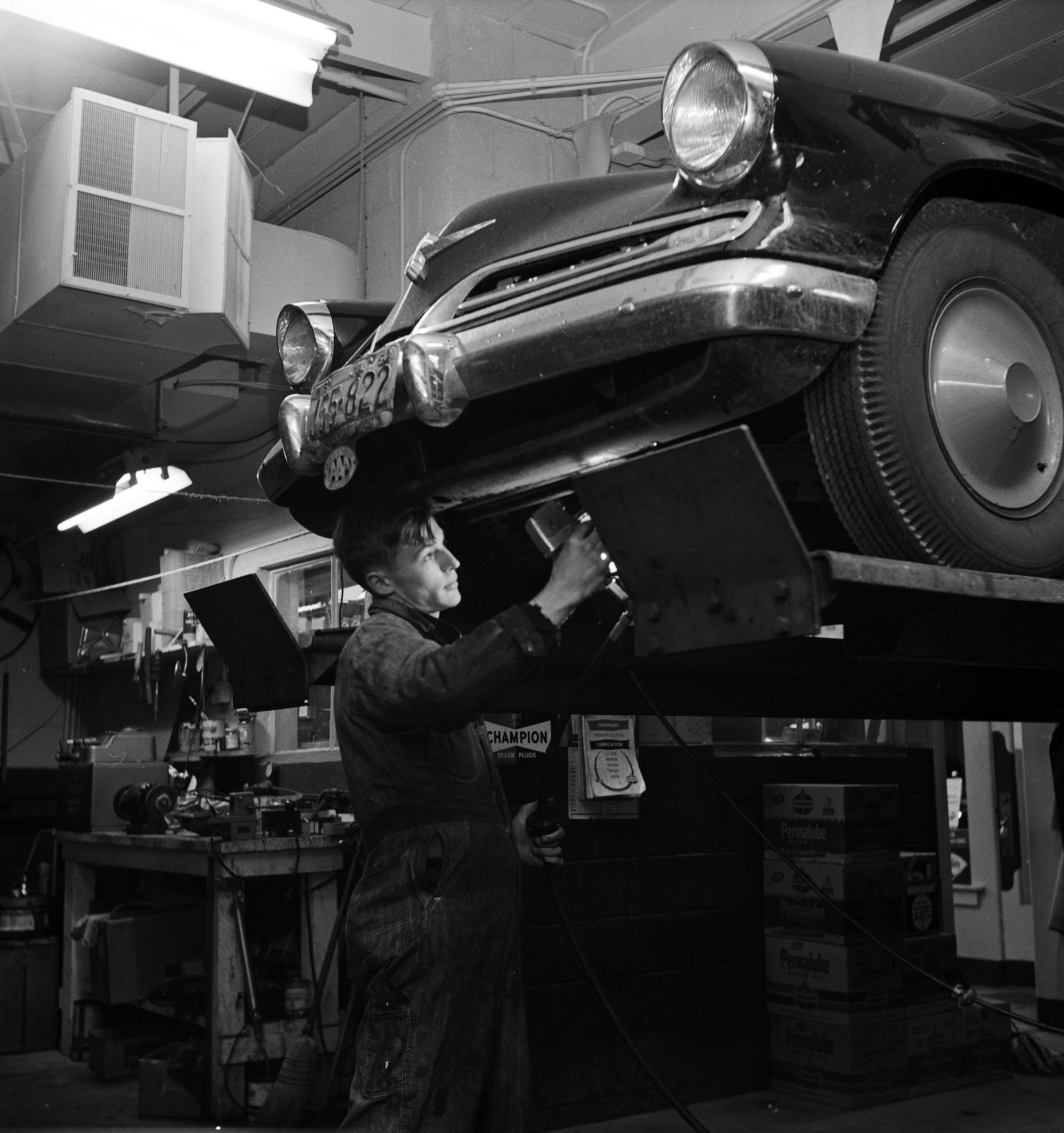

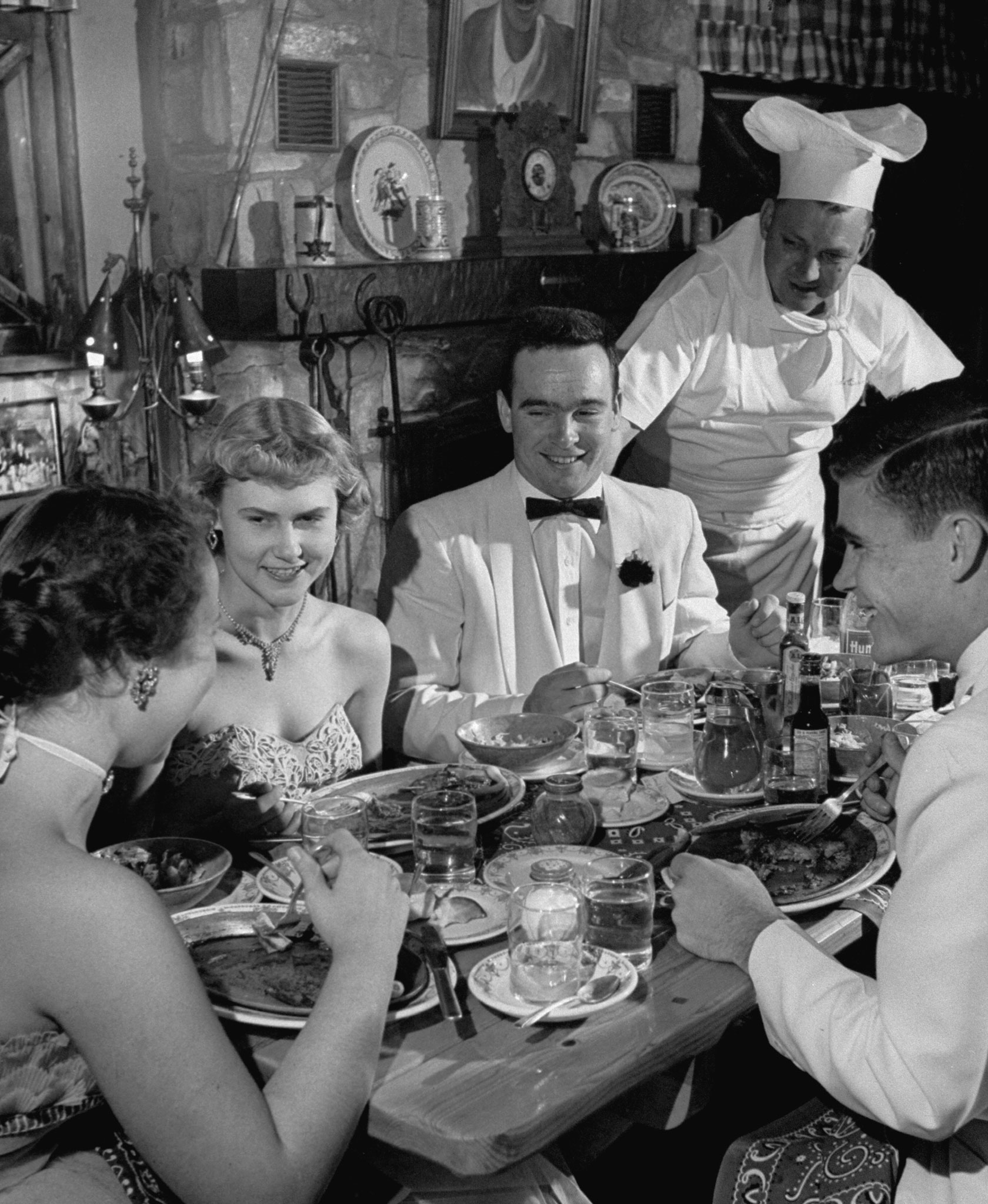
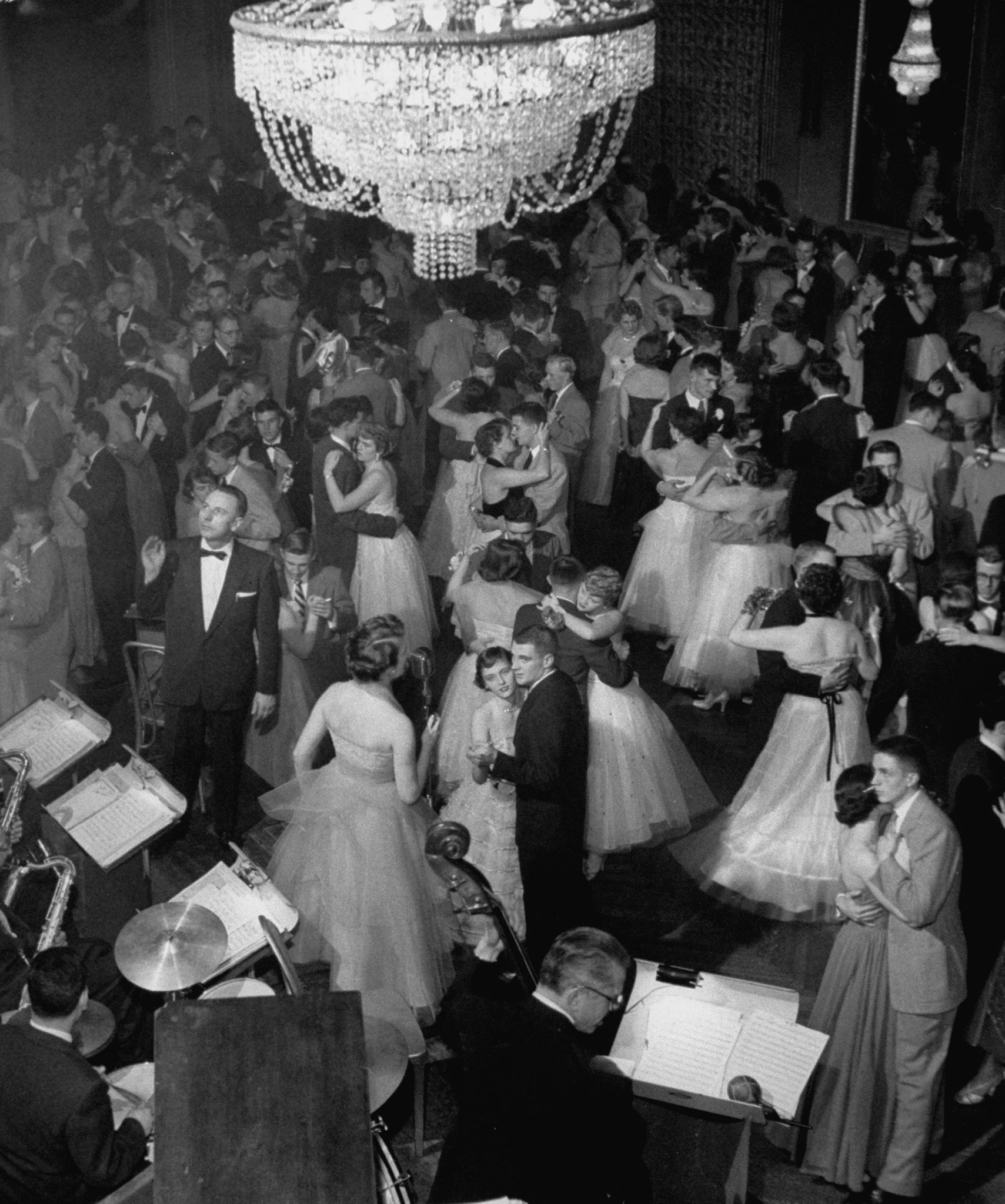
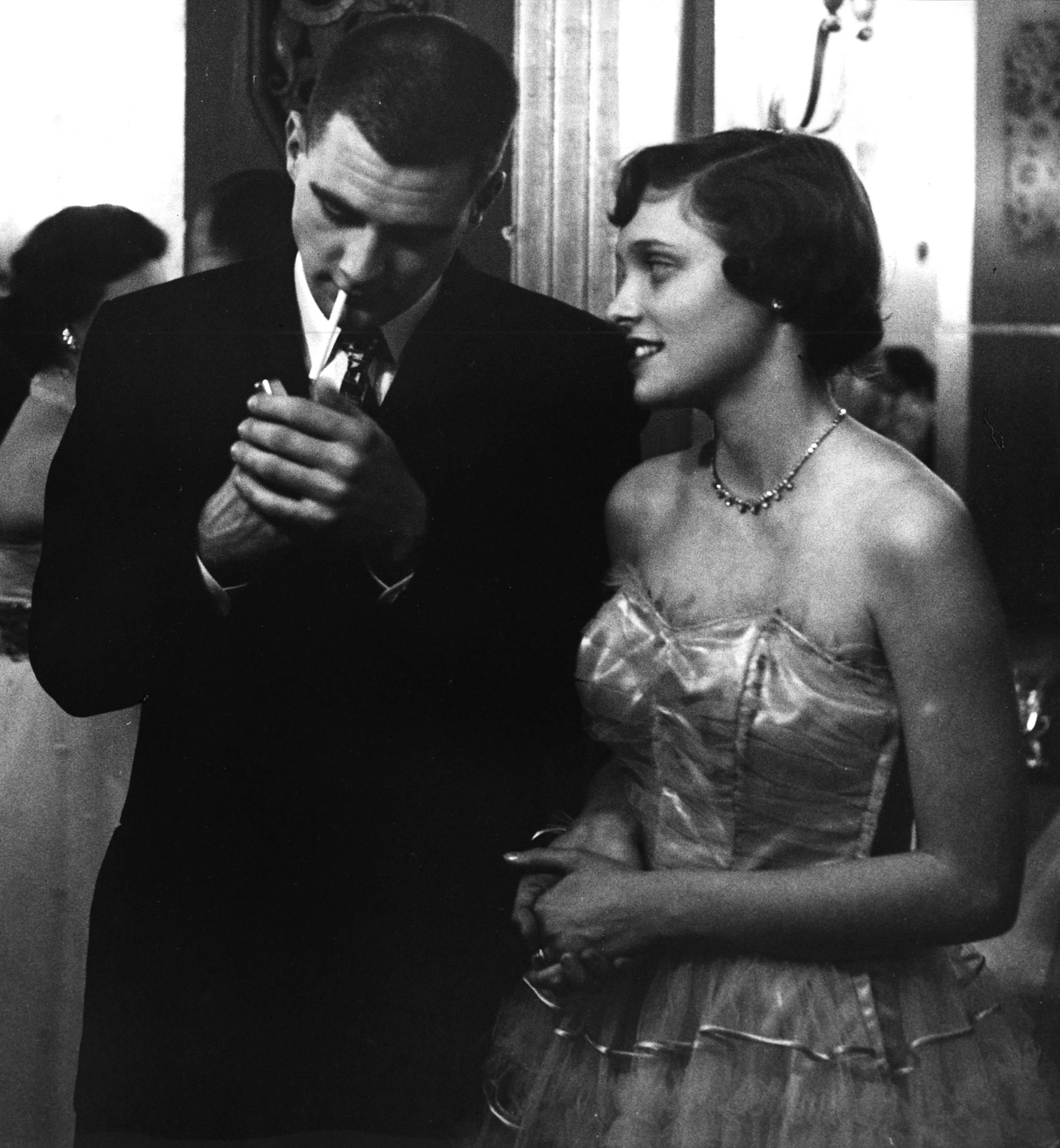
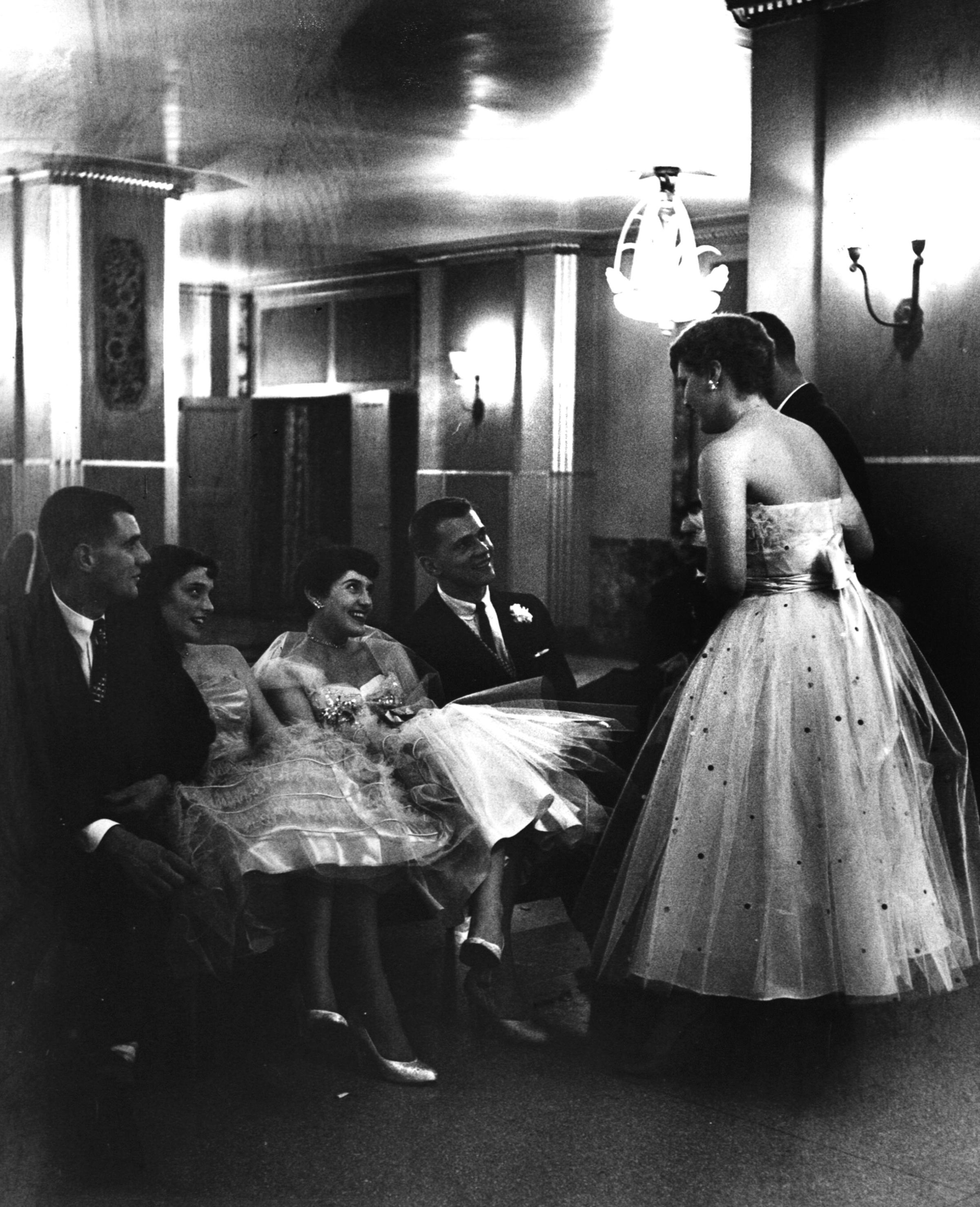
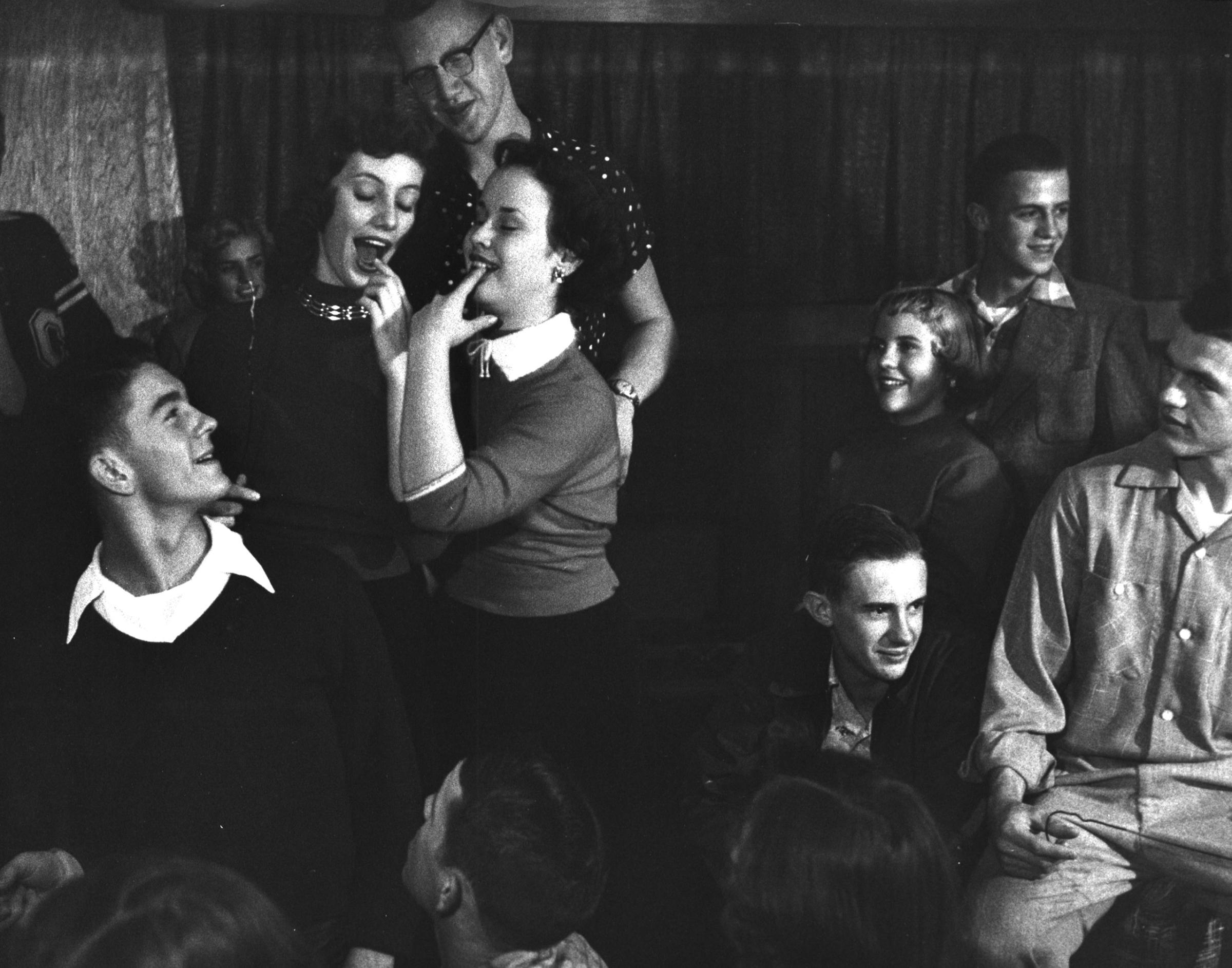
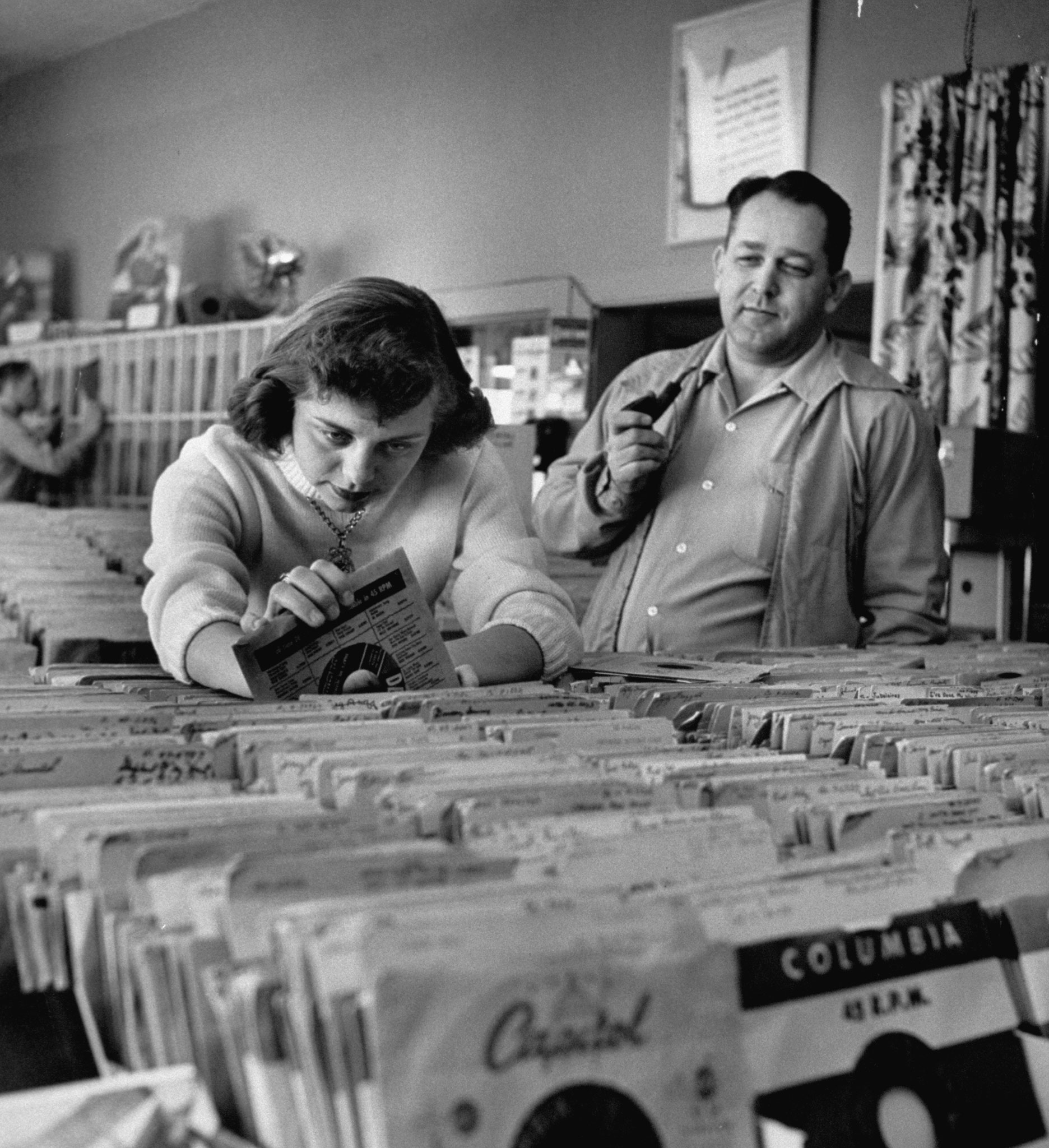
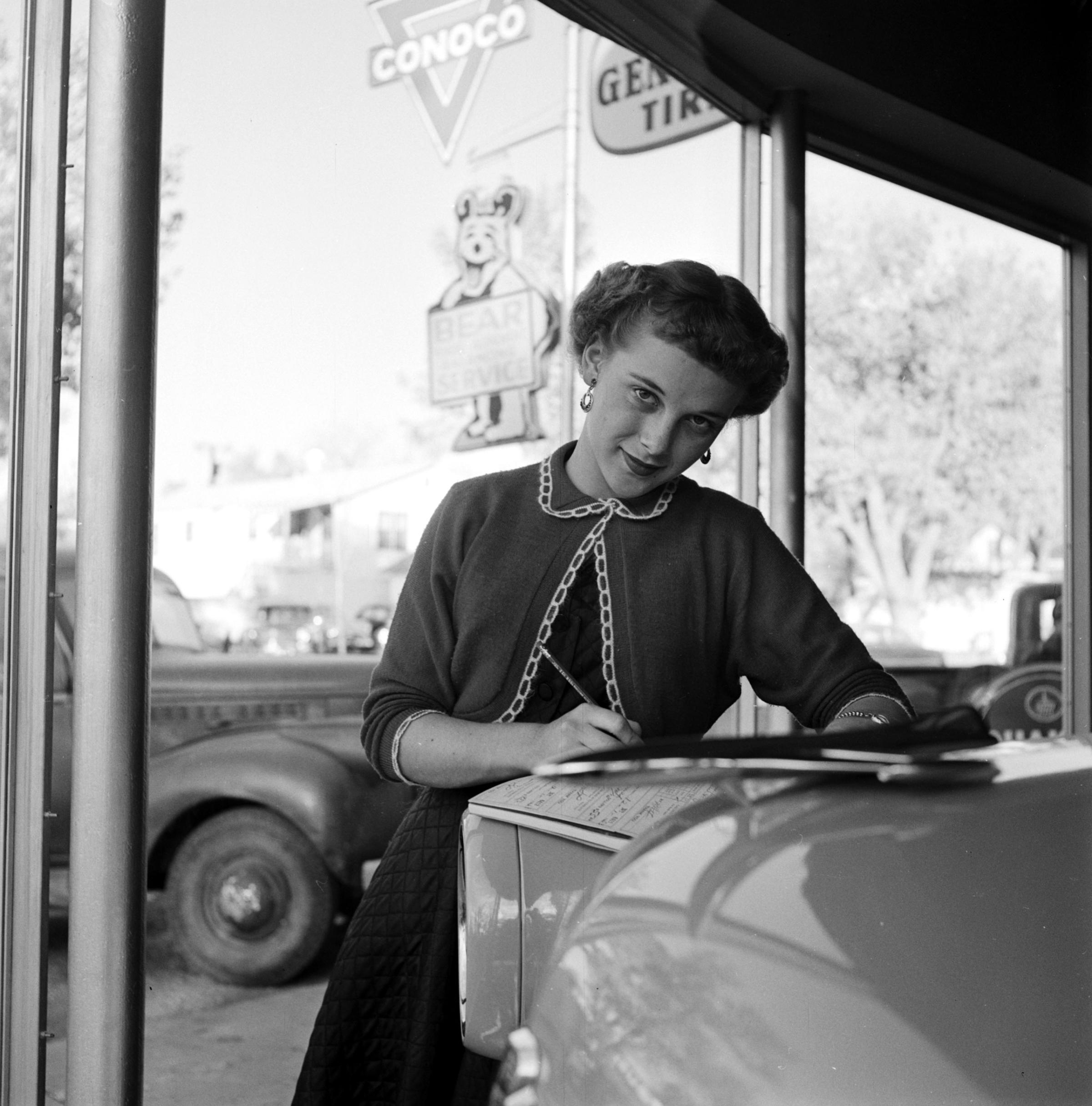
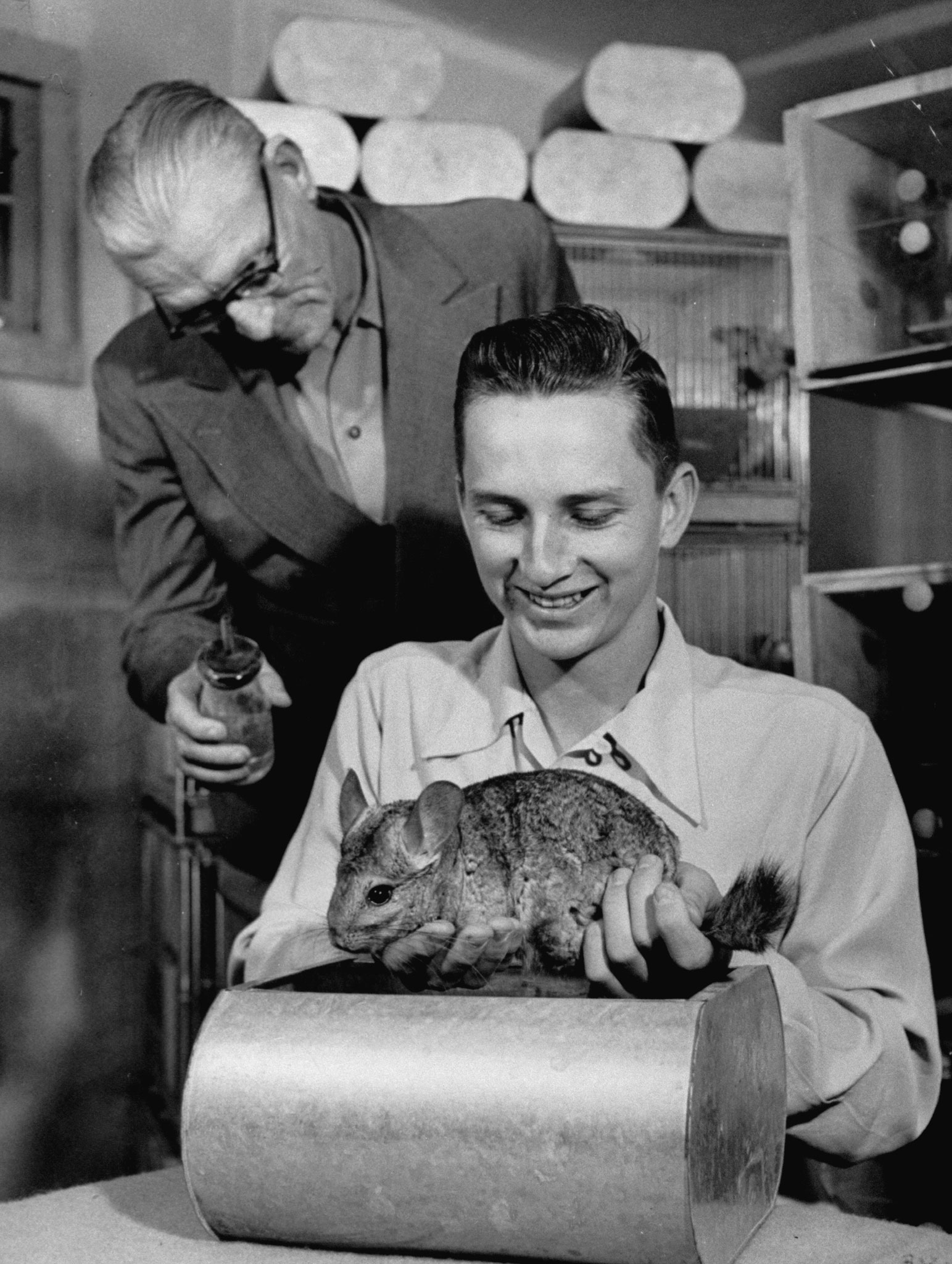

More Must-Reads from TIME
- Donald Trump Is TIME's 2024 Person of the Year
- Why We Chose Trump as Person of the Year
- Is Intermittent Fasting Good or Bad for You?
- The 100 Must-Read Books of 2024
- The 20 Best Christmas TV Episodes
- Column: If Optimism Feels Ridiculous Now, Try Hope
- The Future of Climate Action Is Trade Policy
- Merle Bombardieri Is Helping People Make the Baby Decision
Contact us at letters@time.com